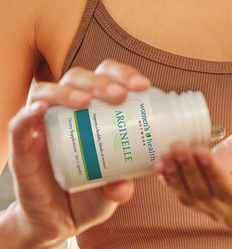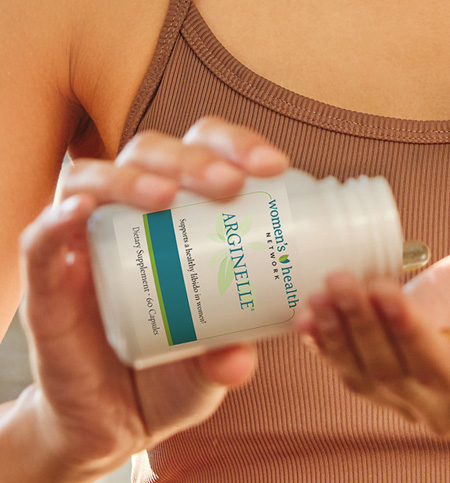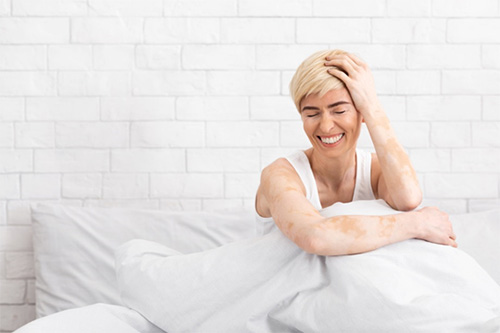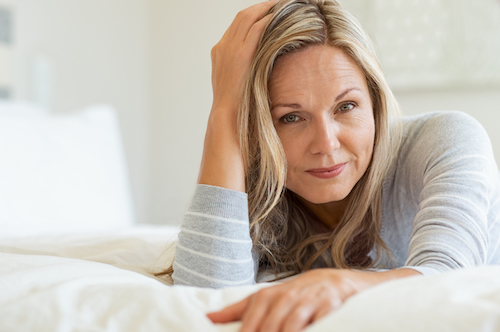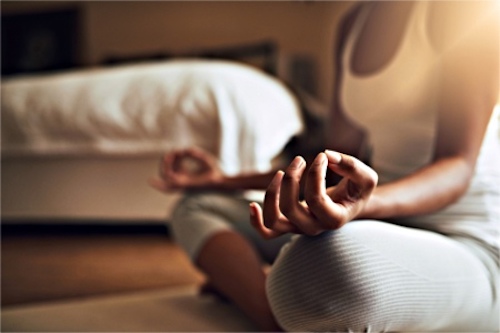Authored by Dr. Mary James, ND
For far too long, women’s sexual response has been assumed to function just like men’s. But because most research and medications have centered on men, women’s sexuality has remained somewhat of a mystery. It’s no surprise, then, that women’s sexual response turns out to be more complex than men’s – and equally unsurprising that the pharmaceutical industry has struggled to develop a female version of Viagra.
One major difference is that women often don’t experience a steady baseline of lust in between sexual encounters. Yet by holding men up as the “norm,” women are frequently labeled as “abnormal,” with nearly one-third of us diagnosed with “hypoactive sexual disorder.” In my view, that label is hardly a turn-on; if anything, it makes us feel broken when, in reality, our bodies are simply different.
Yes, some women do face genuine physical challenges with sex — such as dryness/ lubrication, pain or trouble reaching orgasm. But more often than not, there’s nothing wrong with women’s bodies at all. Our sexual response just follows a different pattern: less linear, more influenced by emotions and thoughts, and layered with complexity. And that’s not a flaw. It’s part of what makes us unique.
Why I am not in the mood?
So when you ask yourself, “Why am I not in the mood?” the answer is often all about context. Feeling emotionally close to a partner, for instance, tends to fuel sexual excitement. On the other hand, carrying resentment or feeling disconnected can snuff out arousal almost instantly.
There are plenty of other factors that can interfere with desire.
- Being afraid to express what we need or what turns us on
- Society’s mixed messages: be a sex siren, but don’t be “too easy”
- Struggles with body image, especially under media pressure to stay forever young
- Medical conditions and medications that act as suprising sex “downers,” including:
- Diabetes
- Peripheral vascular disease
- Neurological disorders
- Beta-blockers
- Benzodiazepines
- Some antidepressants
- Alcohol (while it loosens inhibitions, it dulls sexual response)
- Smoking
Of all these, body image plays an especially powerful role. One study found that women aged 35–55 tended to think they were most attractive 10 years earlier — regardless of their current age. I can relate; I’ve caught myself thinking, “If only I’d realized how good I looked back then!” without considering that in another decade, I’d probably say the same thing about today. Unsurprisingly, the study also revealed that a woman’s self-perception of attractiveness directly impacts her ability to feel desire, excitement and orgasm. Put simply: poor body image fosters low arousal.
What happens to sex in menopause?
Menopause can pose its own unique challenges to sexuality. Aging, in general, as well as potential changes in body weight or shape, can make body image more of an issue at this time for many women. A decline in the sex hormones testosterone and DHEA can have a direct impact on arousal, excitement and orgasm. Diminishing estrogen reduces vaginal lubrication and thins the genital tissues, either of which can make intercourse painful for some women.
Although these may be alleviated by natural hormone replacement therapy (vaginal or systemic), such considerations should be discussed with your healthcare provider. Meanwhile, using lubricants, engaging in more creative sex play (with less focus on intercourse as the goal), and embracing an overall broader definition of intimacy with one’s partner can help maximize sexual satisfaction for women. There’s no reason it can’t get even better over time, even if it takes a different form!
Love cocktail — neurotransmitters, sex hormones and more
Although a woman’s arousal often starts out neutral compared to that of a man, the same physical mechanisms apply once engaged in lovemaking. Increasing sexual excitement and orgasm depend on increased genital blood flow and smooth muscle relaxation. These functions are controlled by our parasympathetic nervous system, and inhibited by our sympathetic nervous system (our stress response). Sexual arousal is also modulated by hormones and mediated by both neurotransmitters (e.g., acetylcholine, neuropeptide Y and vasoactive intestinal polypeptide) and nitric oxide (which dilates blood vessels and regulates smooth muscle contraction).
Assuming that the mind and emotions are on board and we’re ‘in the mood,’ an increase in sexual excitement during genital stimulation is expected, but is much more reliable when these various chemicals are all in balance.
Oxytocin does not directly impact arousal, but it’s released during sexual activity and orgasm and facilitates bonding with our partner. Dopamine is our ‘reward’ neurotransmitter, enhancing sexual pleasure including arousal and orgasm, and encouraging us to ‘seek out’ sexual satisfaction as one of life’s ‘rewards.’ Serotonin, in contrast, can inhibit arousal — possibly one reason why antidepressants targeting serotonin can decrease our sexual response.
As you can see, sexual arousal is a complex, physiological event! But remember, our bodies are wired to do it and the more we do, the easier it is to become aroused.
7 natural compounds that ramp up your pleasure naturally
Several nutrients and herbs can enhance our normal physiological responses during sex. This means your body can become more quickly aroused, experience heightened pleasure and perhaps a more intense orgasm. Here’s what to look for:
| What is it? | What it does | |
| L-Arginine | Naturally occurring amino acid | Increases nitric oxide and genital circulation |
| Eleutherococcus | Herbal adaptogen | Helps counteract the negative effects of stress, while also noted to boost libido |
| Muira puama | Herbal adaptogen | |
| Damiana | Nervine tonic | Improves overall sexual function |
| Ginkgo biloba | Herbal remedy | |
| Maca | Herbal remedy | |
| Tribulus | Herbal remedy |
If you’d like to try a diverse approach, all of these herbs can be found in our herbal libido enhancer, Arginelle. Women love this product for its ability to increase sensation, improve responsiveness to stimulation and amp up pleasure.
Take small steps every day to better sex
It should be no surprise that chronic stress, sleep deprivation and fatigue can put a damper on sex drive. Managing our stress, getting a good night’s sleep, eating a healthy diet, whole-body breathing and regular exercise should all be priorities, so that everything works better.
It’s also been suggested that the most powerful aphrodisiac is our brain. Fantasy can be a huge source of stimulation and taking the risk to voice our needs and exercising open and honest communication with our partners fosters an intimacy that can also inspire sexual connection. Beyond that, practicing romance with our partners through small gestures throughout the day, and doing our own work to acknowledge the womanly beauty in ourselves — no matter our age — can only enhance our sexual response and satisfaction. For more information on increasing desire, see our interview, Steamier sex without the guilt and shame with Barbara Carrellas.
Just because women differ from men doesn’t mean that there is anything wrong with you! Given the right tools, more pleasure lies just around the corner.
References and further reading
Warnock JJ. Female hypoactive sexual desire disorder: epidemiology, diagnosis and treatment. CNS Drugs. 2002;16(11):745-53.
Basson R. Women’s sexual dysfunction: revised and expanded definitions. CMAJ. 2005 May 10;172(10):1327-33.
Bergner D. Unexcited? There may be a pill for that. May 22, 2013. New York Times Web site. https://www.nytimes.com/2013/05/26/magazine/unexcited-there-may-be-a-pill-for-that.html?pagewanted=all&_r=0.
Koch PB, Mansfield PK, Thuran D, Carey M. “Feeling Frumpy”: The Relationships Between Body Image and Sexual Response Changes in Midlife Women. J of Sex Research. 2005;42(3):215-23.
Basson R. A model of women’s sexual arousal. J Sex Marital Ther. 2002 Jan-Feb;28(1):1-10.







